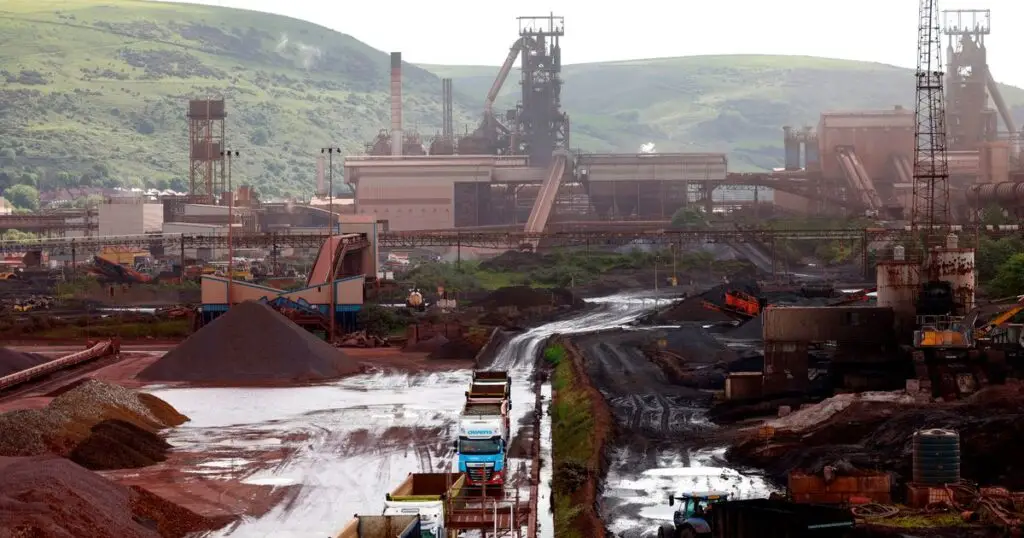A public consultation has commenced regarding Tata Steel’s £1.25bn investment in an electric arc furnace at Port Talbot, with plans to begin work next summer and become operational by late 2027, contingent on planning consent.
The proposed electric arc furnace, with a 3.2 million tonne capacity for steel production from scrap, is supported by £500m from the UK Government, with the remainder funded by Tata. This project is part of a broader restructuring strategy by the Indian-owned steelmaker, involving the cessation of heavy steelmaking at Port Talbot, resulting in approximately 2,800 job losses across the UK. Specifically, the closure of the No. 4 blast furnace at Port Talbot this month follows the shutdown of No. 5 over the summer.
Electric arc furnaces utilise electric currents to melt scrap steel or iron, in contrast to blast furnaces that rely on coke, a carbon-intensive fuel derived from coal. The public consultation is open until 15th October, with Tata planning to submit a formal application to Neath Port Talbot Council in November. Subject to approval, construction is anticipated to commence next summer, with the furnace becoming operational in 2027 upon the activation of a new electricity connection.
During the construction phase, the plant’s hot strip mill will continue operations, processing two million tonnes of imported substrate annually. Concurrently, Tata is undertaking a three-year project to upgrade the steel mills and continuous casters. Part of the decommissioned blast furnace land is also expected to be sold to the harbour area. However, the cost and government support for land remediation remain undetermined.
This land could potentially be integrated into the new Celtic Freeport, encompassing the Ports of Port Talbot and Milford Haven. The freeport aims to generate significant employment and investment, particularly in supply chains for offshore floating windfarms in the Celtic Sea, with new licensing rounds by the Crown Estate currently seeking bids. Tata will retain around 80% of its existing site, ensuring continued operations at Port Talbot.
Rajesh Nair, Chief Executive of Tata Steel UK, expressed gratitude for the public engagement so far, stating that feedback and community views are critical for the project’s development. Once the electric arc furnace is operational, the direct workforce at Port Talbot is projected to be around 1,500, with additional employment generated through decommissioning work and construction activities. However, the cessation of heavy steelmaking at Port Talbot will significantly impact contractors and the wider supply chain, with estimates suggesting that each direct job supports an additional 1.2 positions.
The commencement of public consultations marks a significant step in Tata’s plans to transition to more sustainable steelmaking methods at Port Talbot. With substantial investments and targeted timelines, this endeavour promises to reshape the industrial landscape while addressing economic and environmental considerations.


